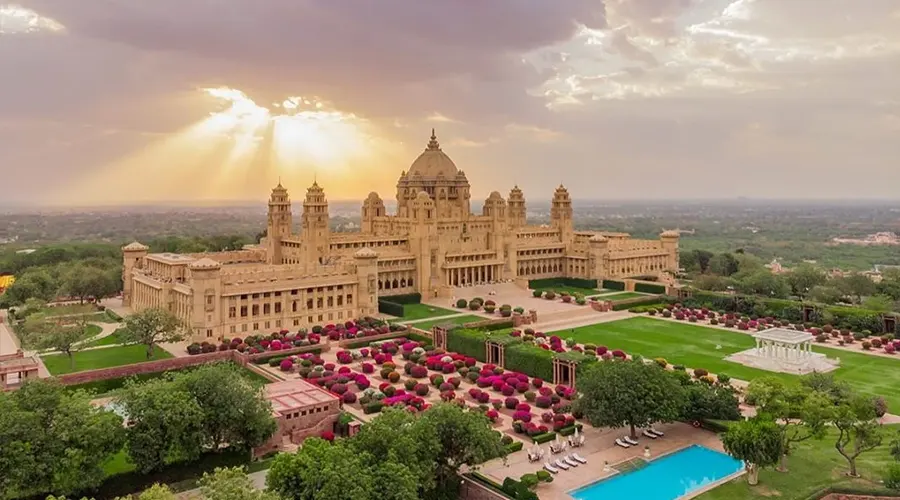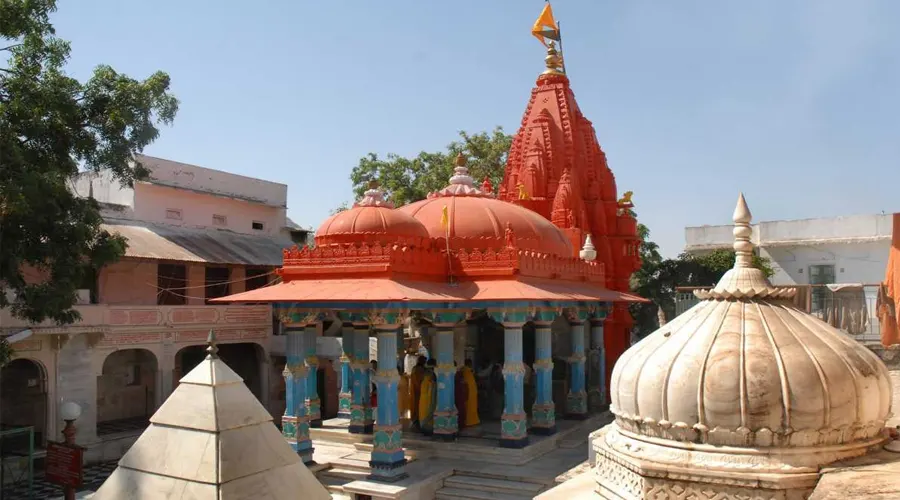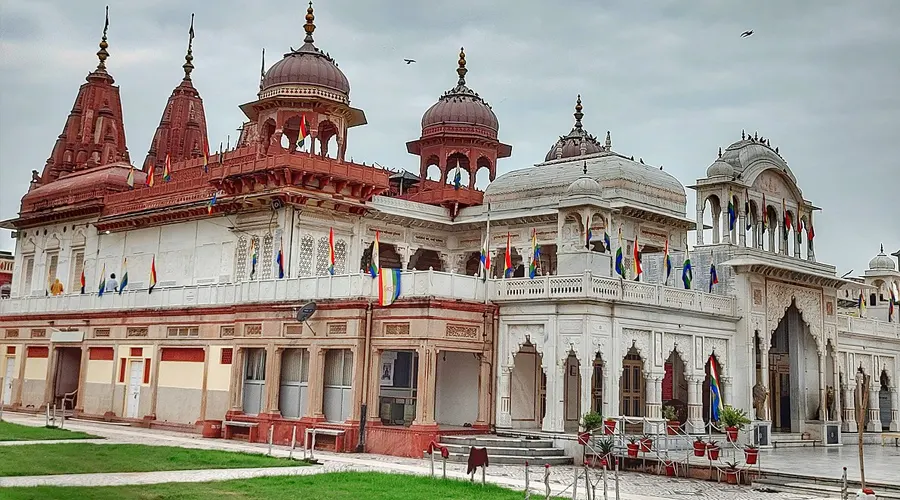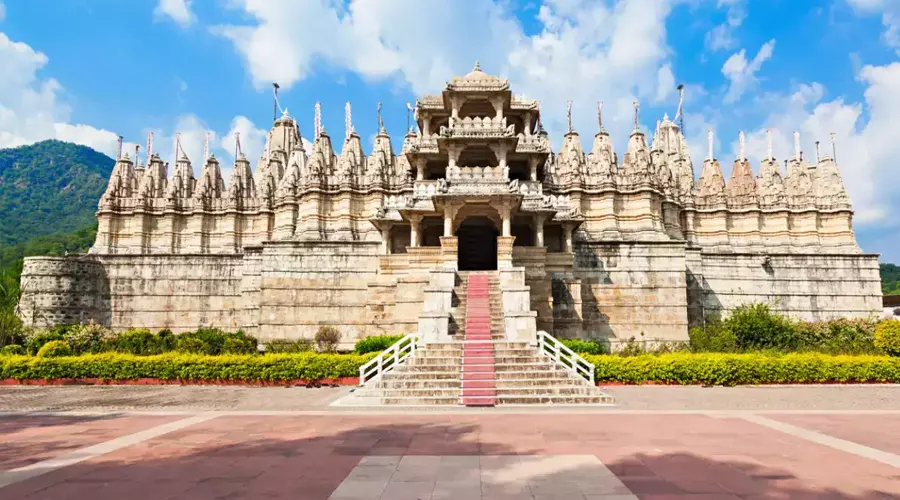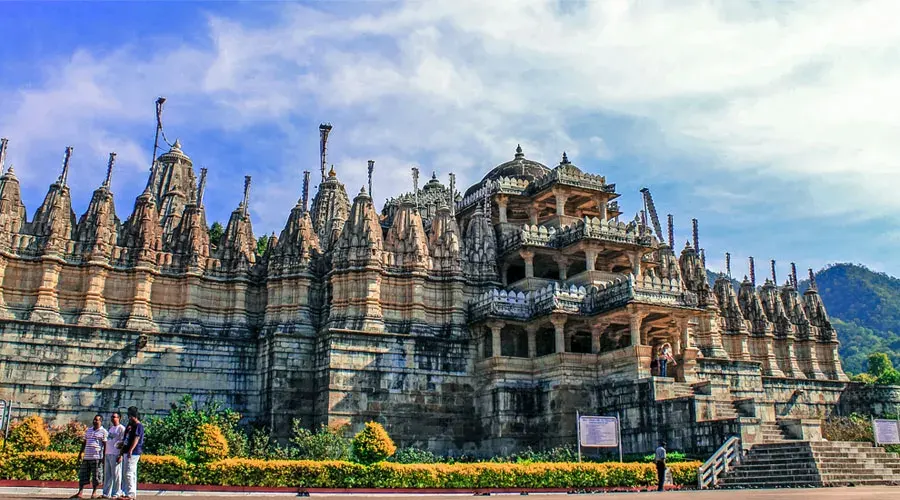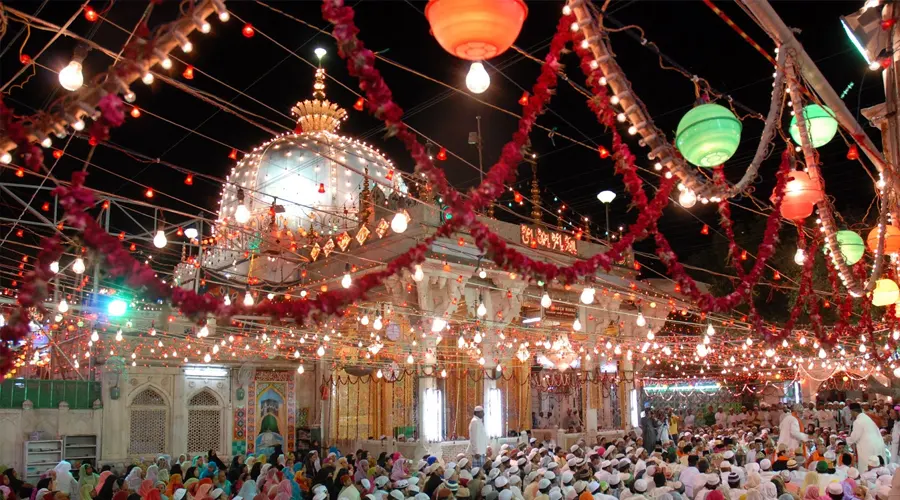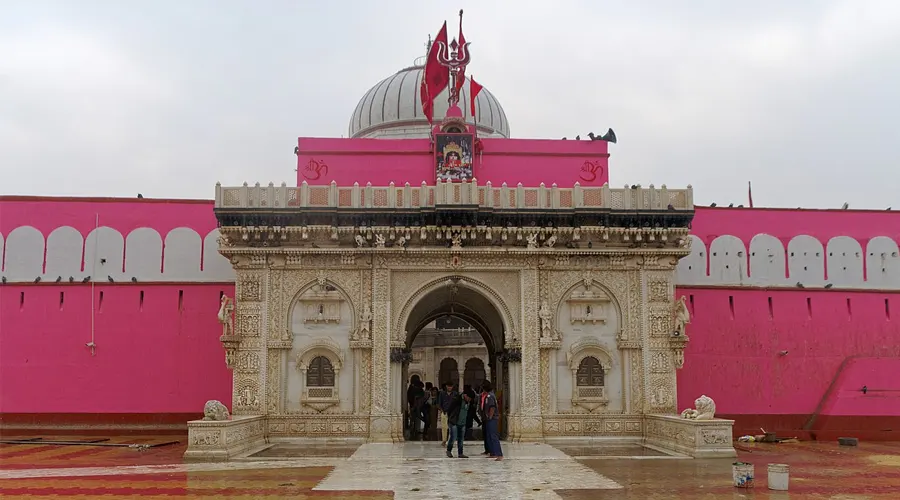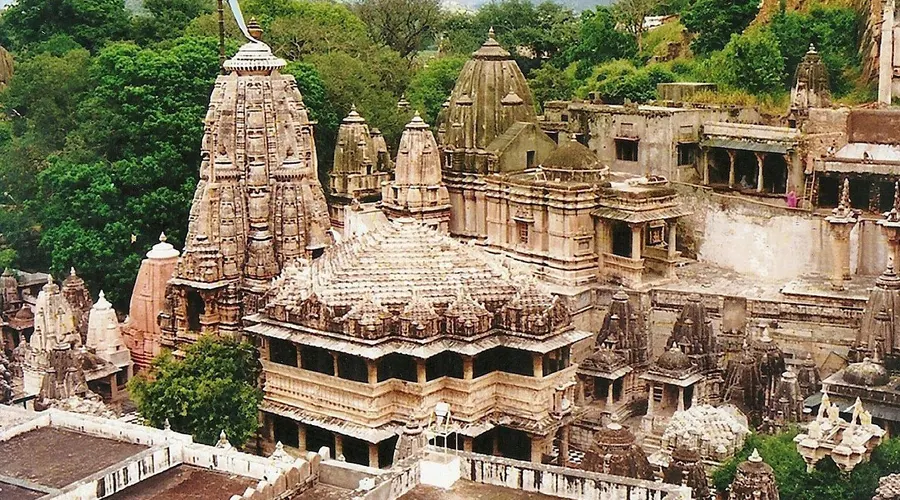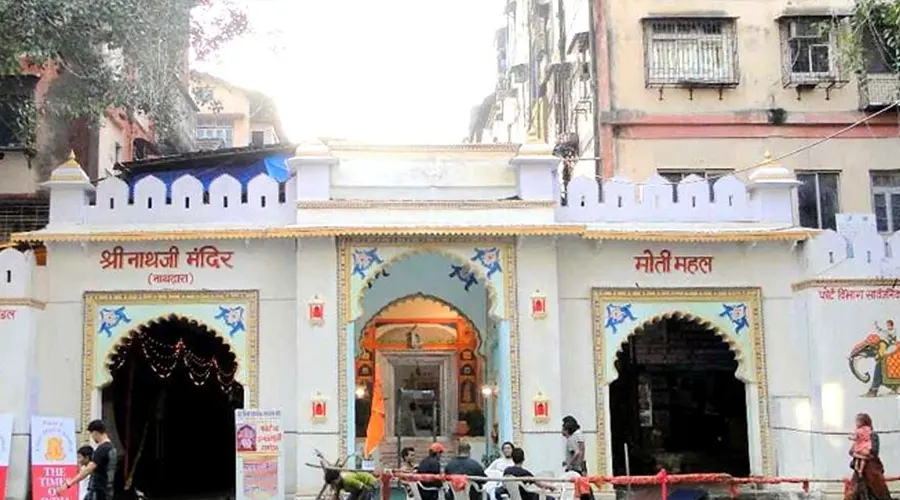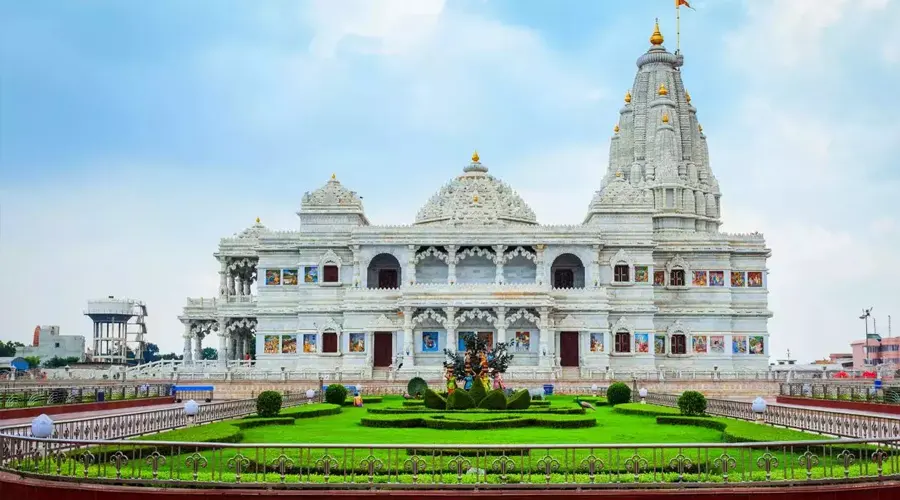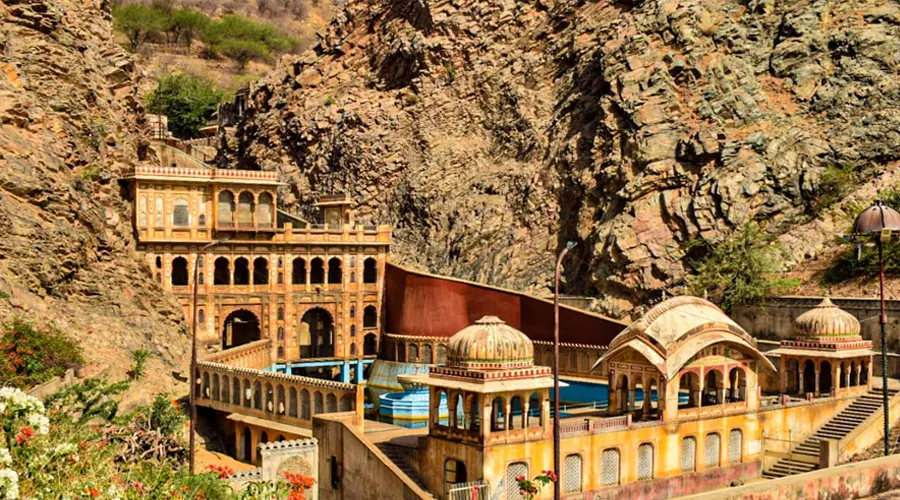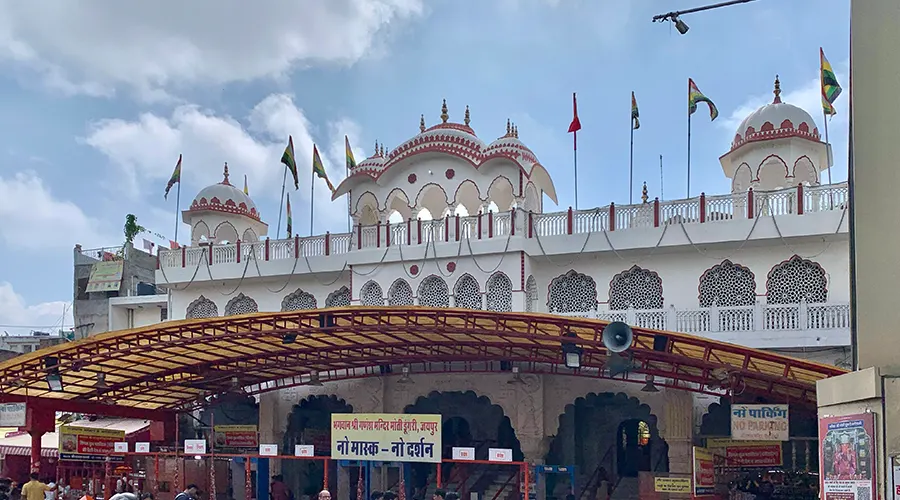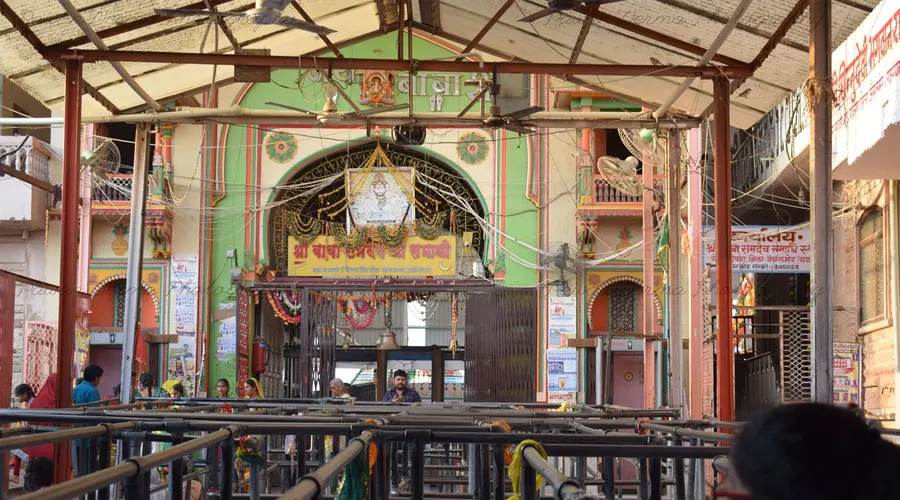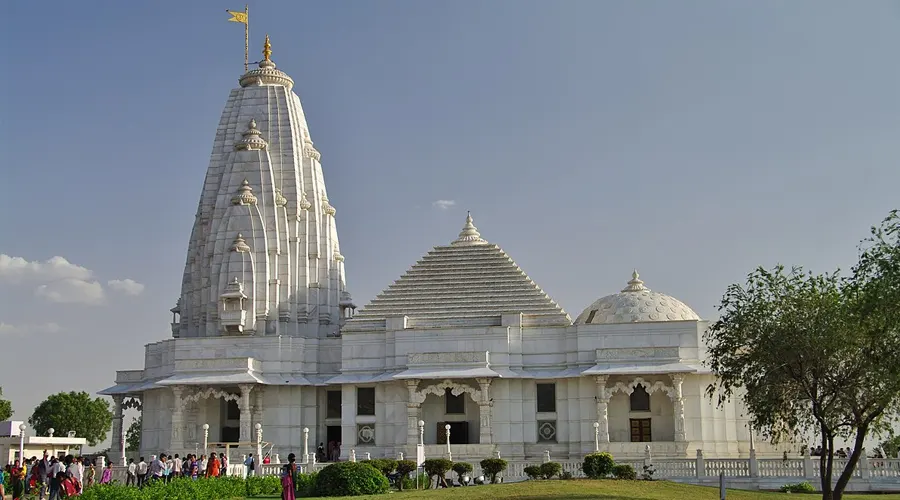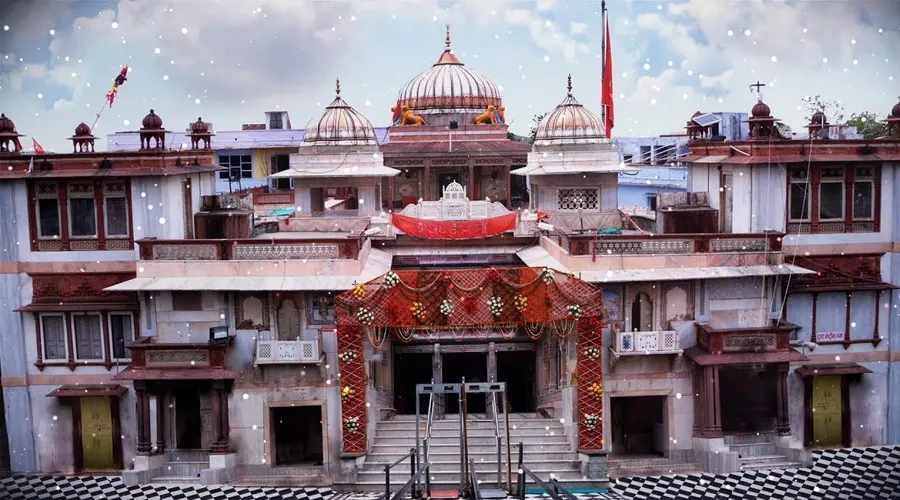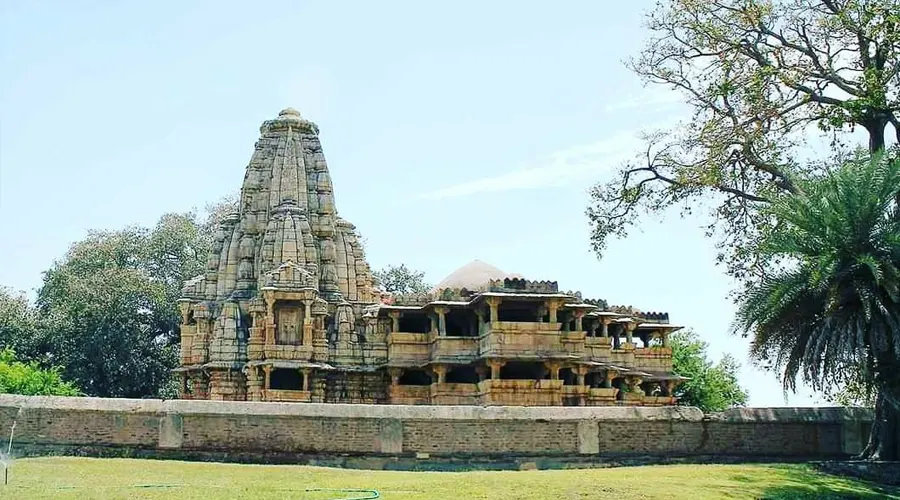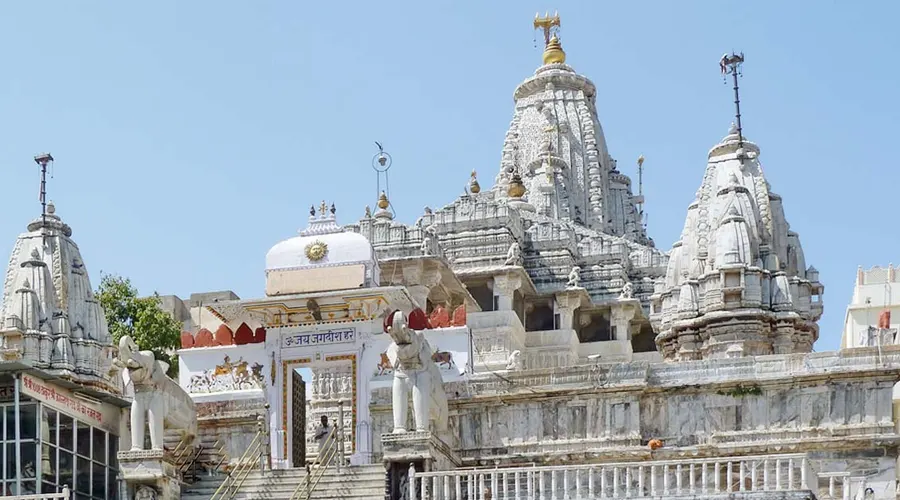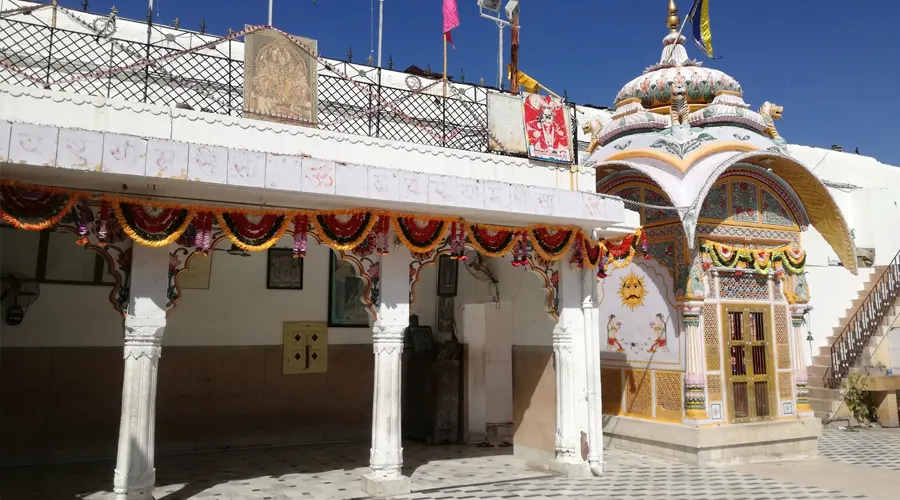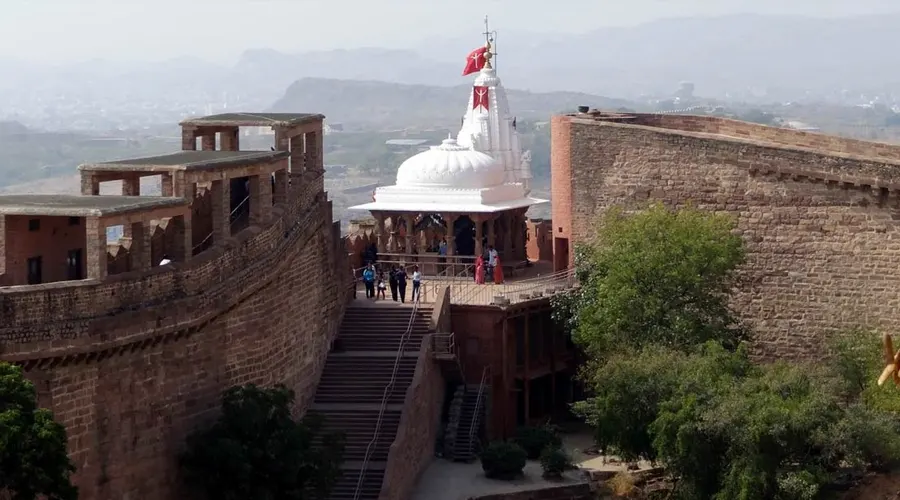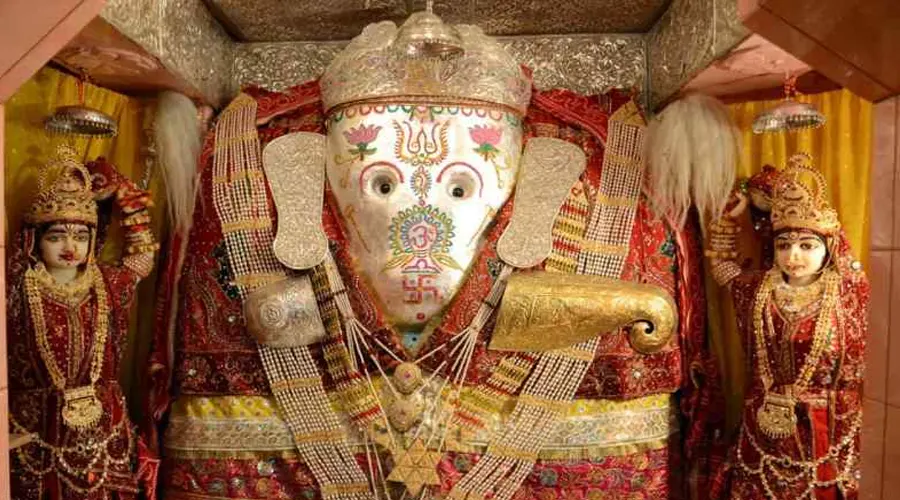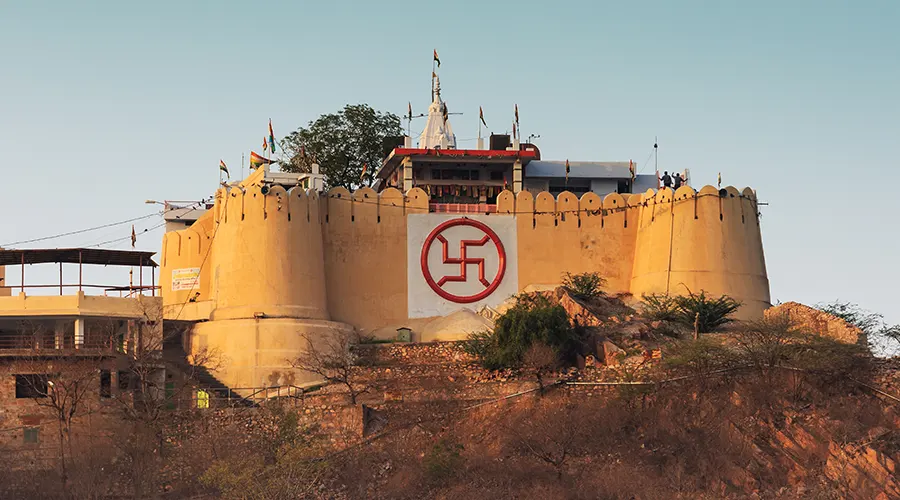Umaid Bhawan Palace
Built in 1943, Umaid Bhavan Palace in Jodhpur is a wonderful amalgamation of a fascinating past and a luxurious present. It is, at the same time - a heritage hotel, a museum, and the residence of the Royal Family of the present owner, Raja Gaj Singh.
In addition to being a historical landmark, the palace was commissioned in 1929, was built to employ the drought and grief-stricken farmers of the area, and thus took longer to complete. Umaid Bhavan Palace offers amazing encounters ranging from heritage walks to unforgettable dining experiences. The award-winning hotel is well-known and loved for its hospitality and the feeling of luxurious living.
It was recently in the news for being the site of the Bollywood Superstar Priyanka Chopra and Nick Jonas - a renowned Pop Star from the Band - One Direction.
At present, the 347-room palace has been divided into three parts. One part is the residence of the royal family, where the tourists are not allowed to enter. The second houses a museum that displays a rich collection of photographs, arms, clocks, stuffed animals, and many other possessions of the royal family.
The third part of the palace has been converted into a five-star hotel and offers the most exquisite services to its clientele. It is one of the most popular hotels in Jodhpur. Perched atop the mighty Chittar Hill, this palace is often referred to as the Chittar Palace too. To add to the beauty of the palace, there is a beautiful garden outside with lush greenery and different varieties of flowers.
History of Umaid Bhawan Palace
The main motive behind the construction of the palace was the welfare of the people. Following the prosperous rule of the Rathore rule, a saint's curse condemned Jodhpur to drought for three consecutive years. The farmers faced extreme conditions of famine and pleaded with the then-ruler Umaid Singh for help.
To help his subjects and give them employment, Umaid Singh commissioned the construction of the Umaid Palace. Architect Henry Vaughan Lanchester was assigned the job of conceptualizing the design and he designed the palace along the lines of New Delhi's government complex. The palace was designed such that it incorporated Western technology as well as classical Indian architectural features.
Since the main motive behind building the palace was to employ suffering farmers, the palace was built at a very slow pace. The actual construction began in the year 1929 but was completed only in the year 1943. It provided consistent employment to around 3000 people and was built for 11 million rupees at that time.
Architecture of Umaid Bhawan Palace
The palace was built in Beaux-Arts style and has two wings. Golden yellow sandstone, Makrana marble, and Burmese Teak wood were used for the intricate woodwork on the inside of the palace. The palace had 347 rooms, several courtyards, and a banquet hall with a capacity of 300 people.
The palace consists of a throne chamber, an exclusive private meeting hall, a Durbar Hall to meet the public, a vaulted banquet hall, a swimming pool and spa, private dining halls, two unique marble squash courts, a ballroom, a library, an indoor, a billiards room, four tennis courts, and long passages.
Gaj Singh II who succeeded his father decided in 1971 to convert a part of the palace into a hotel. The hotel has 70 guest rooms and it also includes the Maharaja and Maharani Suites. The Maharaja Suite has black marble flooring and a curved mirror dome, while the Maharani Suite has parquet flooring and offers a great view of the garden. The banquet hall in the past is now the large restaurant on the hotel premises.
Umaid Bhawan Palace Museum
The Umaid Bhawan Palace Museum is a lavish spread of never-before-seen artifacts and luxuries. The museum has stuffed leopards, glass and porcelain ware, and memorabilia such as a symbolic flag that was gifted to King Jaswant Singh by Queen Victoria herself.
The museum also houses a huge collection of clocks and photographs that illustrate the interior of the Palace in its most fine form. The garden in front of the museum also has the Maharajas' classic cars on display. The Darbar house which is a part of the museum has kaleidoscopic murals and paintings, armors, and household knick-knacks from the 1930s on display as well. October to March, during the winter season, are the best months to visit the palace and the museum

